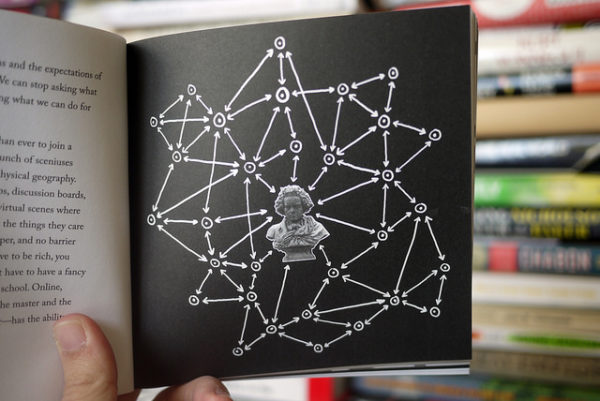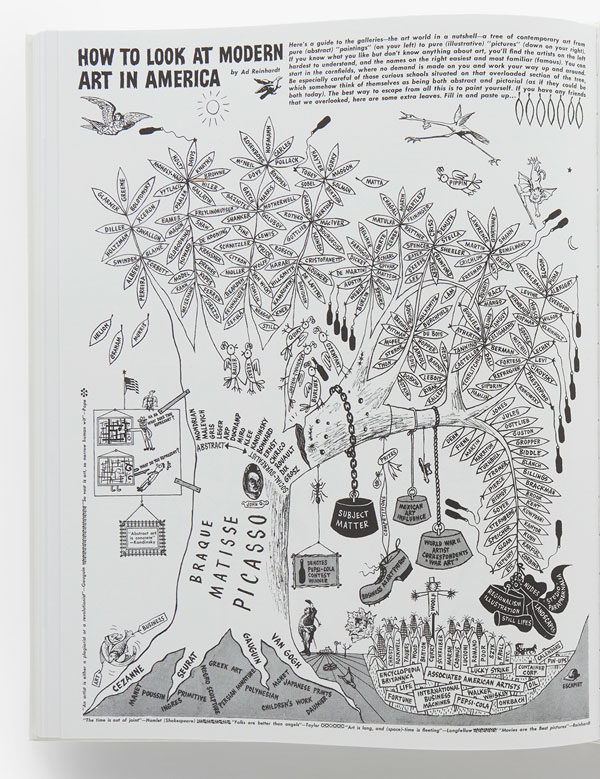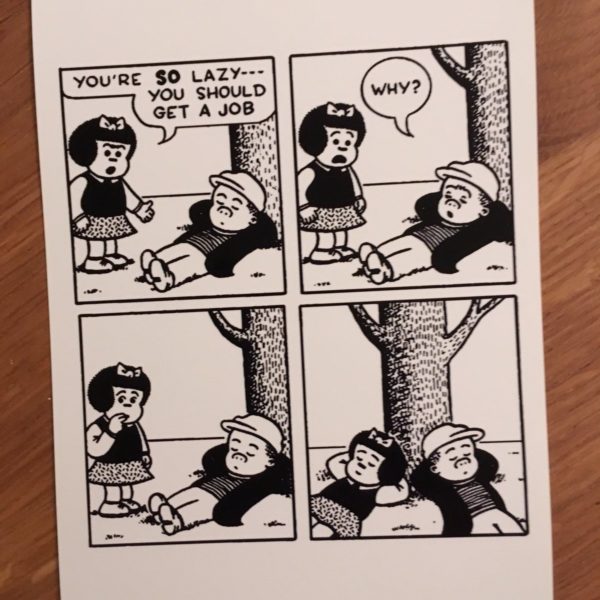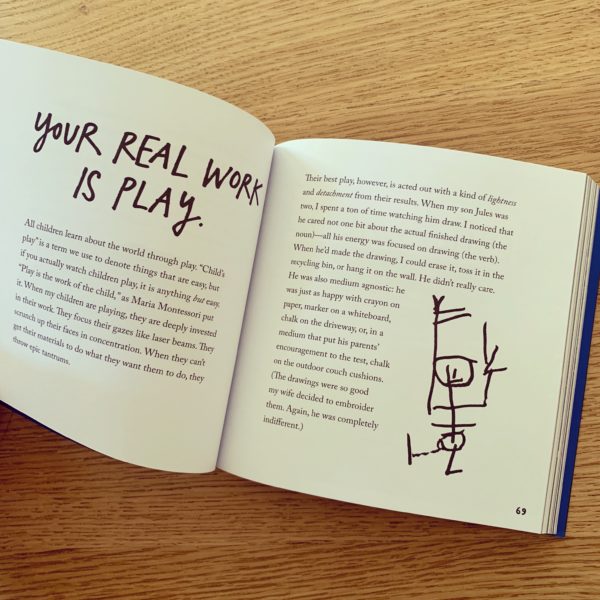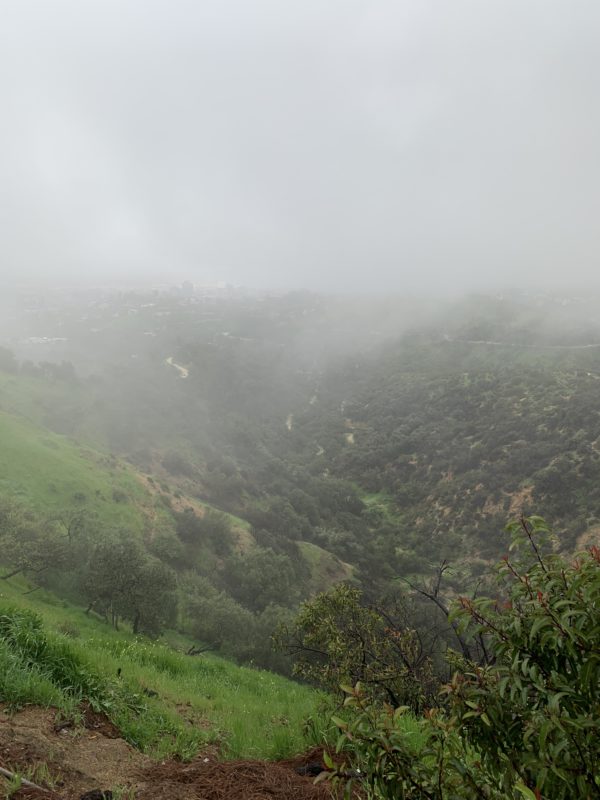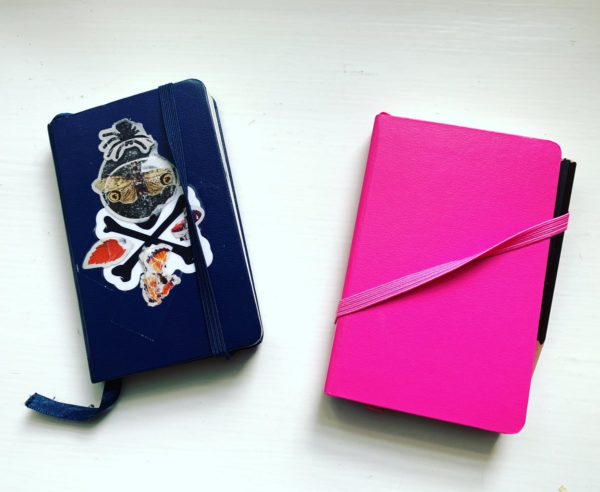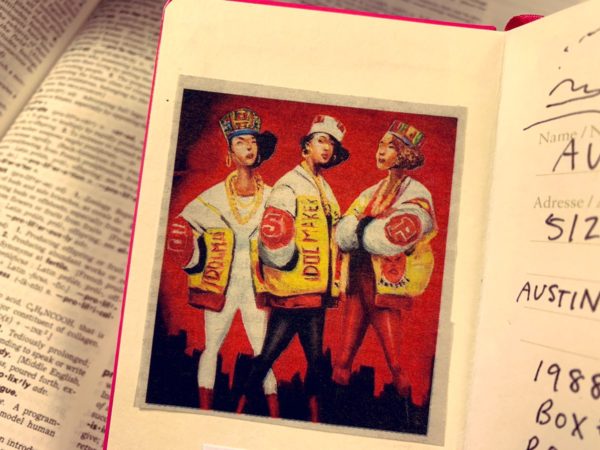Here, courtesy of MoMA, we have an interactive map of scenius, showing the connections between the artists who were involved in the development of abstract art.
Abstraction was not the inspiration of a solitary genius but the product of network thinking—of ideas moving through a nexus of artists and intellectuals working in different mediums and in far-flung places. Its pioneers were more closely linked than is generally understood.
Clicking on Kandinsky, for example, gives you this:
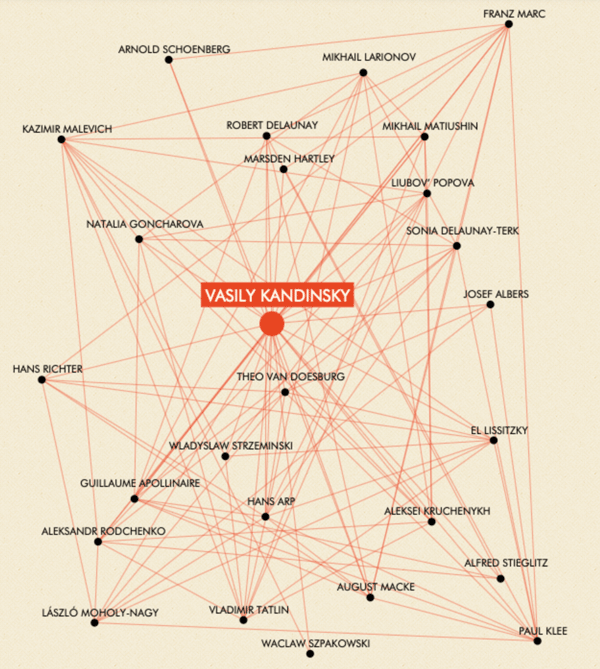
Which looks a lot like this page about scenius from Show Your Work!:
And they both remind me (perhaps perversely) of one of my favorite maps, which ran in Harper’s in 2005, and depicts the sexual activity in one American high school in the Midwest:
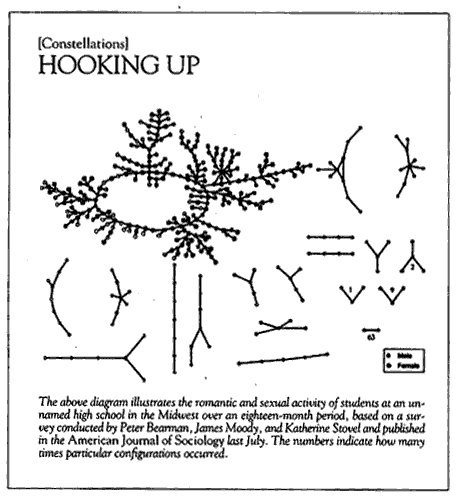
And I also couldn’t help but think of Ad Reinhardt and his amazing art comics (collected in the beautiful book, How To Look):

